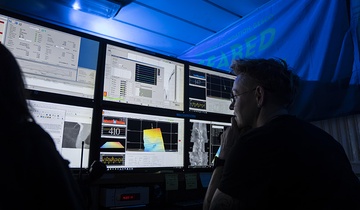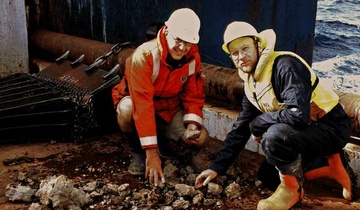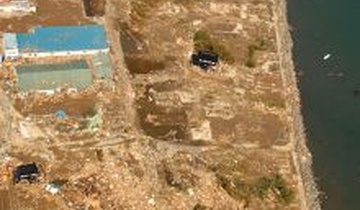Facing natural hazards with Māori environmental knowledge
Over the centuries, Māori have recorded a litany of natural hazards and catastrophic events in their stories, songs, and place names. Now Darren King, James Goff, and Apanui Skipper are investigating how this wealth of information can complement scientific studies and management of natural hazards.





























